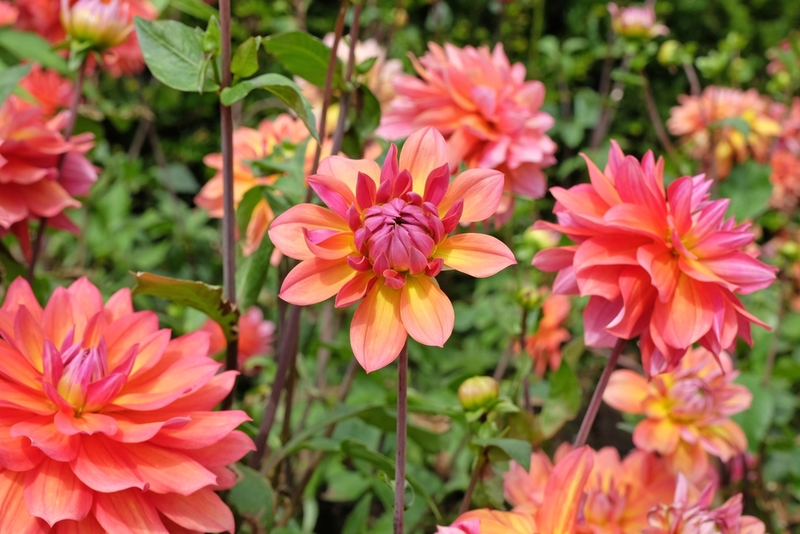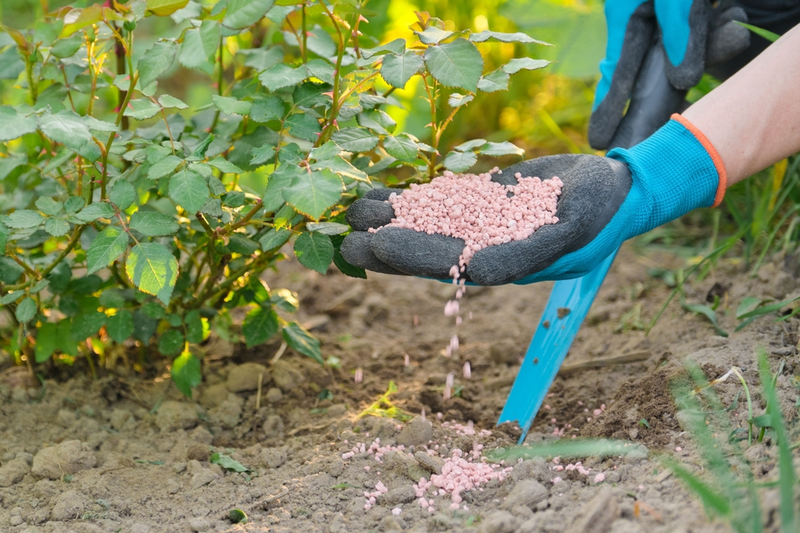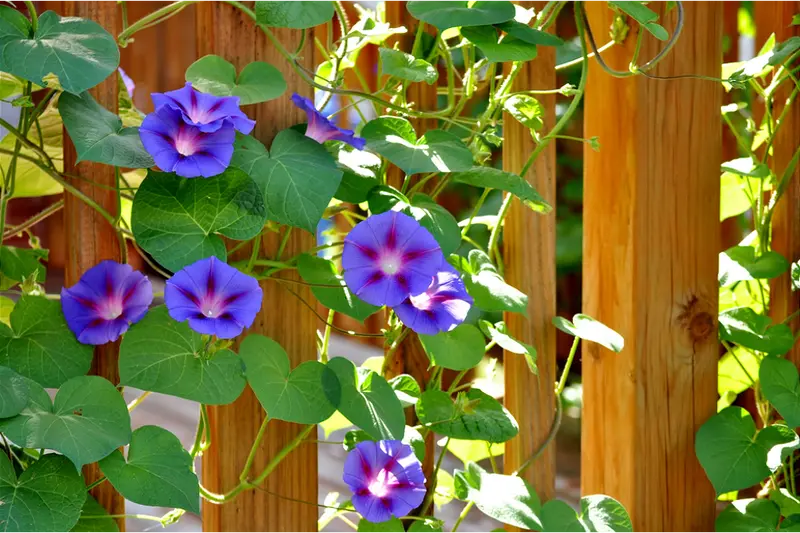
Questions about how to clean your houseplants are often raised, so we’ve included our top questions in this guide to give you all of the tips needed to ensure your houseplants stay healthy, clean, free from pests or diseases, able to photosynthesize with ease. Here are the four most frequently asked questions about how to clean your houseplants.
Why Should I Clean Houseplants?
At the very least, it will mean that as you are cleaning your plants regularly, you will be able to notice any early signs of issues. This could include too much or too little light, signs of overwatering or under watering, pruning needs, and other care needs such as supporting growing plants, root-bound plants and any different number of things your houseplants might be telling you they need. Cleaning regularly will also help you to connect closely with your plants and better understand their overall health so they can thrive long into the future. Not just for all of these reasons but also to keep dirt and dust from ruining the look and ability of your plants to photosynthesize and thrive.
How Often Should I Clean Houseplants?
The main thing to look out for is dust, dirt and debris. If your plants are subjected to any of these, it’s time for a cleaning. If you have a regular watering schedule, giving your plants a clean at the same time will work well and save you time.
What Do I Need to Clean Houseplants?
Depending on what method you would like to use, you may only need the following:
- a cloth
- a mister spray
- some specialized leaf cleaner
What Are the Different Ways to Clean Houseplants?
- One of the easiest ways to keep the foliage clean is by using a damp cloth to gently wipe the leaves.
- You can also mist spray your leaves and gently wipe over them or add in a little drop of gentle, washing-up liquid.
- Another way is to remove all outer pots, place them in the shower and allow the water to gently wash the leaves at the same time as watering the pots. Ensure the water has drained out of the pots before putting them back.
- Never use hot water! There are many products which can be misted onto the plants for shiny leaves, which are particularly good for larger leaves. Ultimately rainwater is almost always the best for houseplants, so every now and again, when the weather is good, stand them outside for water. Rainwater will also clean the foliage.
Visit us in store to see our houseplant section and for houseplant care advice.




